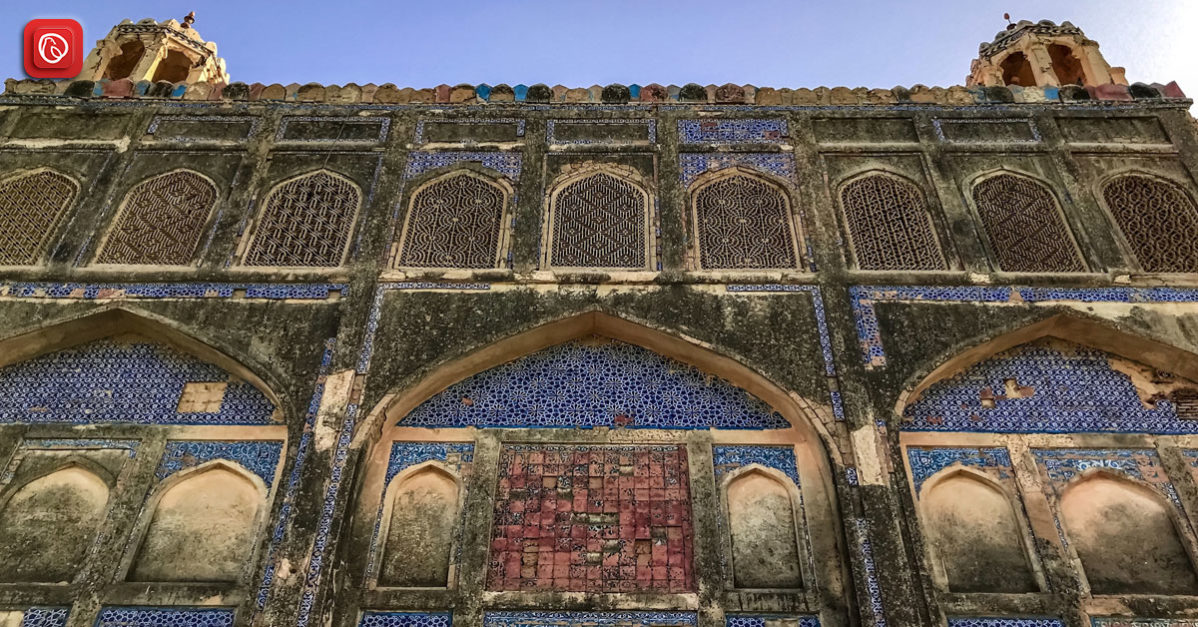Dadu lies within the captivating province of Sindh, Pakistan—a region brimming with history and cultural richness. Carved from the union of ancient tehsils, this place offers a unique blend of languages, cultures, and landscapes. In this blog, Graana.com explores both the Dadu district and its headquarters for our readers.
Location of Dadu
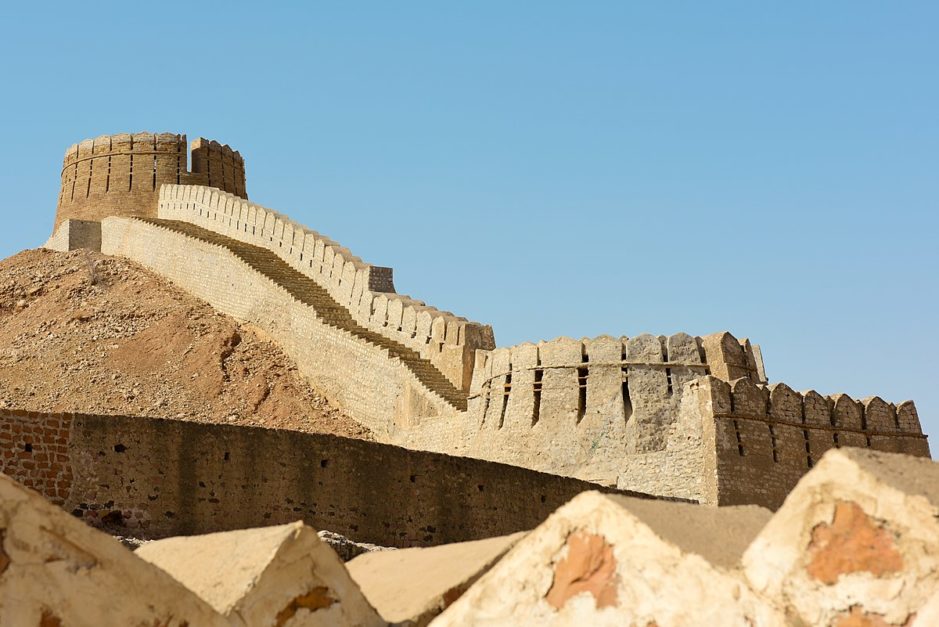
- Dadu District: Situated in the province of Sindh, southern Pakistan, this district shares its west border with the Indus River. Furthermore, it is surrounded by the districts Shahdad Kot, Larkana, Nashahroferoz, and Jamshoro.
- Dadu City: Dadu is located in Sindh, Pakistan, approximately 100 miles from Hyderabad.
Distance Between Dadu and Major Cities of Pakistan
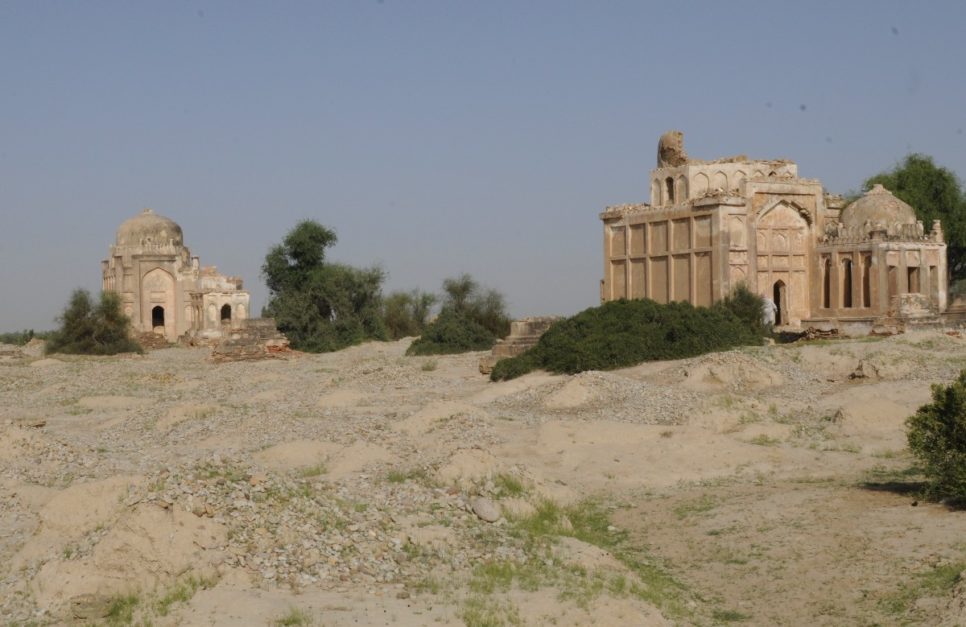
- Hyderabad is about 192 km away from this city (2hrs 56 mins)
- Karachi is 334.5 km from Dhadu (4hr 41mins)
- Multan is about 595 km from this city (7hrs 26 mins)
- Quetta is 518 km from Dhadu city (8hrs 13 mins)
- Lahore is 930 km from this city (10hrs 50 mins)
- Faisalabad is 825 km away (10hrs 4mins)
- Dadu is 1,118 km away from the state capital, Islamabad (12hrs 44mins)
- Peshawar is 1,263 km away from this city (14hrs 22mins)
Cities and Areas Surrounding Dadu

- Johi
With the Dadu district, Johi is an administrative subdivision known for its historical landmarks and sites.
- Bhan
This likely refers to Bhan Syed Abad, a town in Sindh’s Shaheed Benazirabad district known for its agricultural production, particularly sugarcane and rice.
- Phulji
Commonly known as Phulji Mori is a village in Sindh’s Matiari District
- Moro
Moro is the largest city in the district of Naushahro Feroze, Sindh. It’s a blooming education hub with many of Pakistan’s top schools within its premises.
- Gambat
Also known as the land of healers, Gambat is part of Khairpur District Sindh and is among Pakistan’s top medical cities.
Dadu: An Economic Overview
Dadu district in Sindh province, Pakistan, boasts a wealth of natural resources and a thriving industrial sector. This section explores the district’s economic significance.
Mineral Bounty: The Kirthar Range
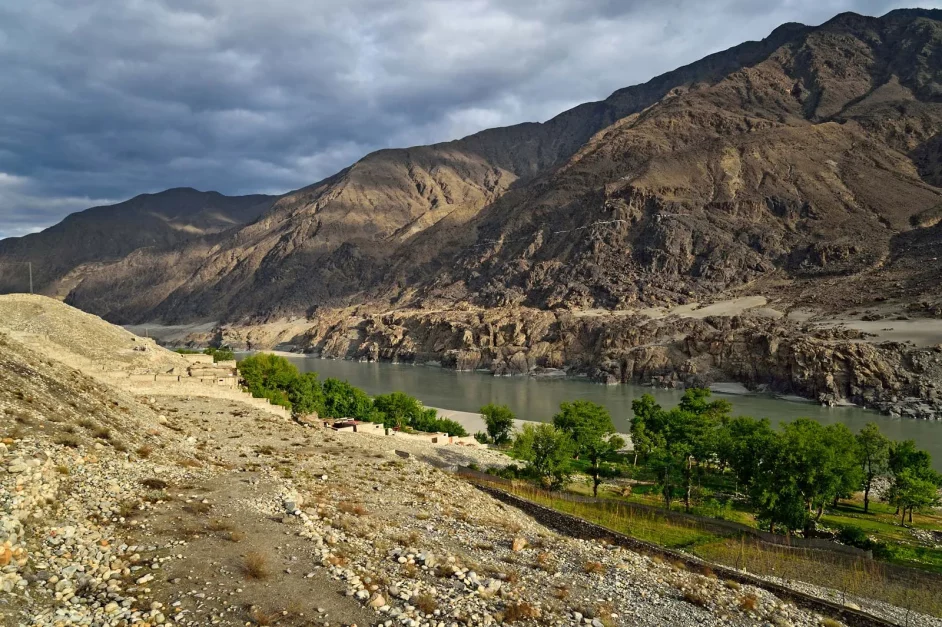
The Kirthar mountain range serves as a treasure trove of minerals for Dadu. These include gravel, salt, alum, sand, lime, marble, and limestone. This abundance of raw materials fuels various industries within the district.
Powering Progress: Coal and Gas
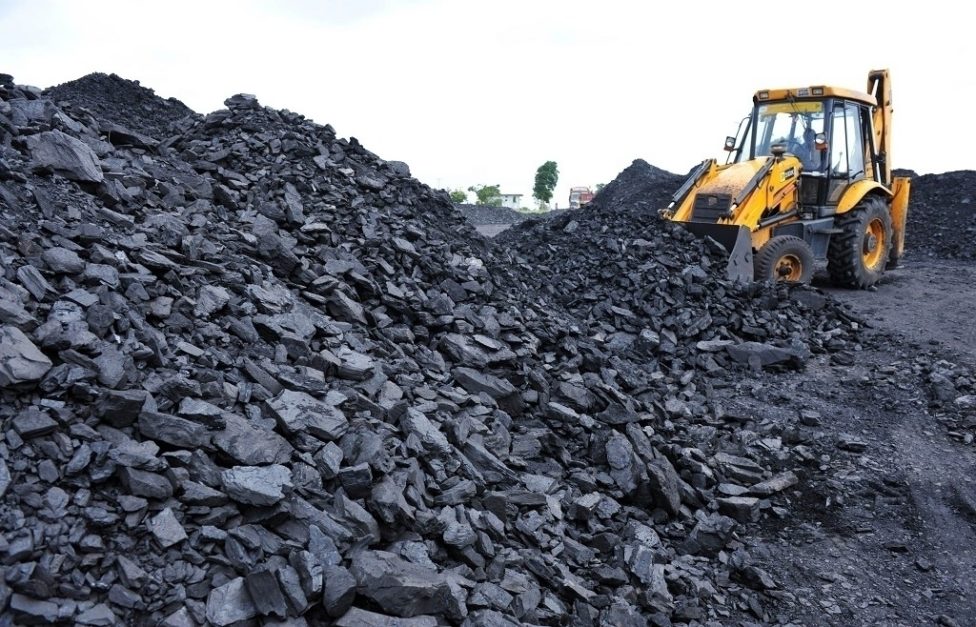
Dadu plays a crucial role in Pakistan’s energy sector. The Lakhra field within the district provides coal, while the Kirthar Range is a source of natural gas. These resources contribute significantly to the country’s energy needs.
Industrial Strength: Diverse Production
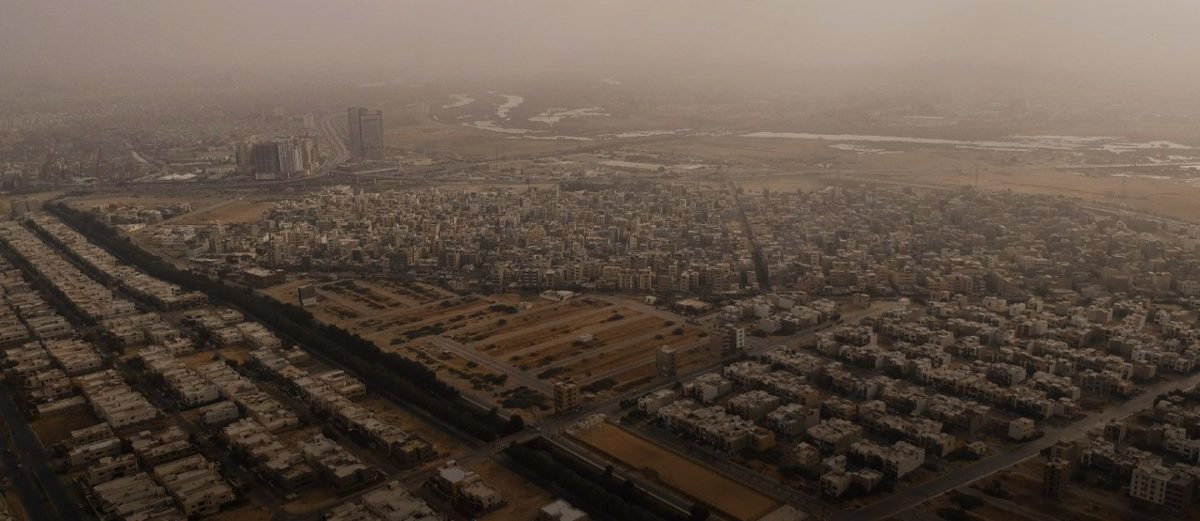
Dadu’s industrial landscape is impressive, encompassing a wide range of products. Light engineering, processed food, textiles, chemical plants, tobacco, detergents, and cement are just some industries that flourish here.
Textile Powerhouse: Dadu’s rice husking and textile industries boast 44 units each. These sectors are major contributors to the district’s economy.
Beyond Textiles: The food, beverages, and tobacco industries also prominently position themselves within Dadu’s industrial base.
Tradition Endures: Handcrafted Excellence
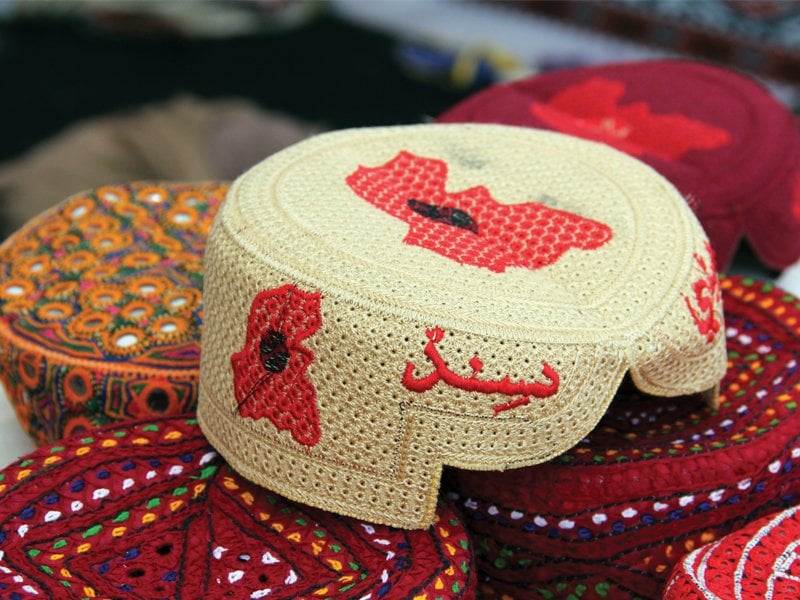
Sindh’s rich cultural heritage is reflected in Dadu’s thriving handicraft industry. Textiles take centre stage, with embroidery, applique work, hand-woven cloths, and pottery showcasing the skills of local artisans.
Life by the Indus: Fishing Industry
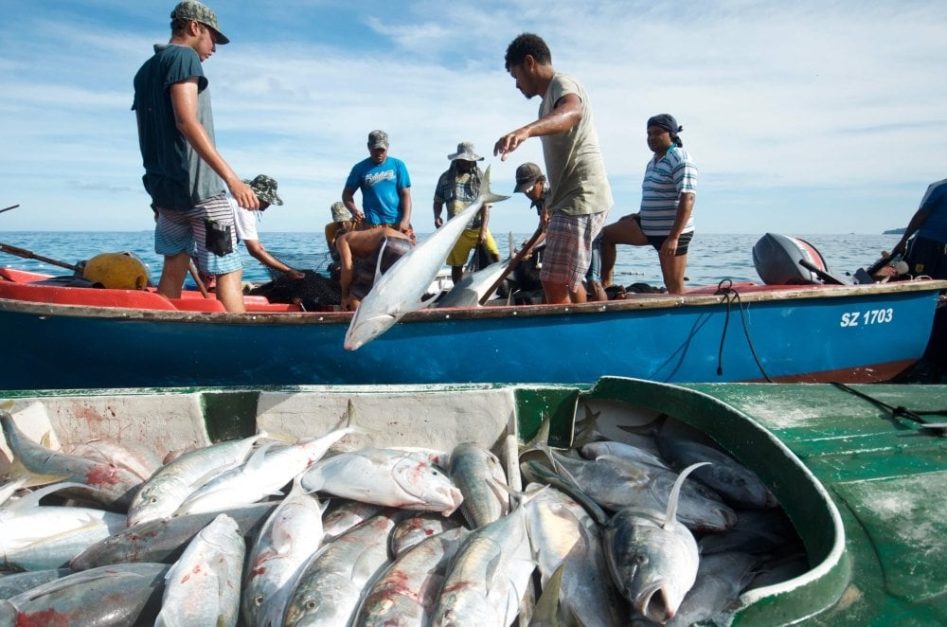
The Indus River is a vital source of livelihood for a significant portion of Dadu’s. Fishing flourishes in the river’s canals and lakes, contributing significantly to the district’s economy.
At the end of the day, this place is rich in natural resources, diverse industries, and commitment to traditions. All of this positions it as a key economic player within Sindh province.
Top Places to Visit in Dadu District
Here are a few top tourist sites in Dadu Sindh, Pakistan.
Gorakh Hill
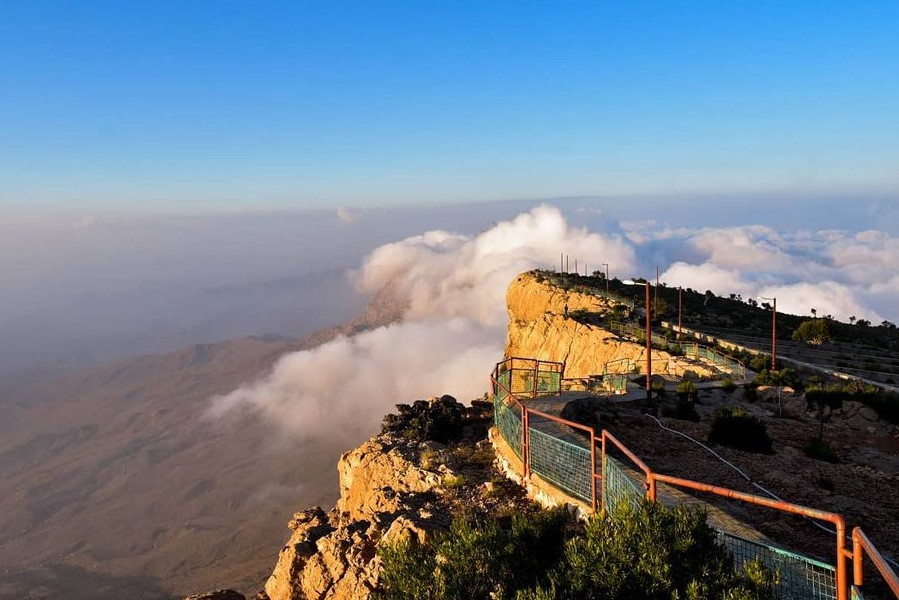
Within the majestic Kirthar Mountains, Gorakh Hill lures adventure seekers with its cool climes and breathtaking views. Situated over 7,600 feet above sea level, it’s the highest plateau in Sindh province, offering a welcome respite from the scorching summer heat.
This hill station, roughly 8 hours by car from Karachi, attracts thousands with its natural beauty. This place offers stargazers a clear display of the dazzling night sky. History buffs can enjoy exploring the legends of the Hindu saint Gorakhnath, after whom the hill is named.
Whether seeking a bonfire under a canopy of stars or a scenic escape, Gorakh Hill promises an unforgettable experience.
The Ancient Rock Carvings of Sindh
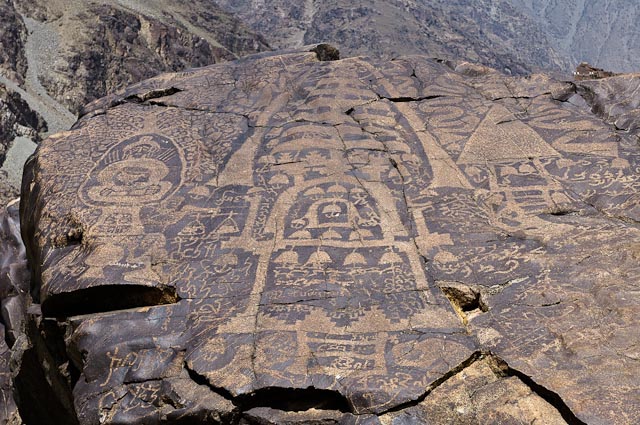
Here is something very interesting for history enthusiasts! You can imagine how far back Sindh and its plethora of civilizations go by the fact that there are rock carvings scattered all over the region. Predating modern languages, this ancient art is evident in all major civilizations worldwide, from the Stone Age to golden empires like Egypt.
Scattered across the Kirthar Mountains, Dadu’s rock carvings offer a fascinating glimpse into the lives of those who came before us. Engravings depict animals like ibex and bulls, hunting scenes, and dancers. While the exact age remains debated, some believe these carvings date back to the Neolithic period. These silent storytellers at sites like Hur Dhoro and Shakloi Dhoro whisper secrets of a bygone era waiting to be unravelled by curious explorers.
Yar Muhammad Kalhoro
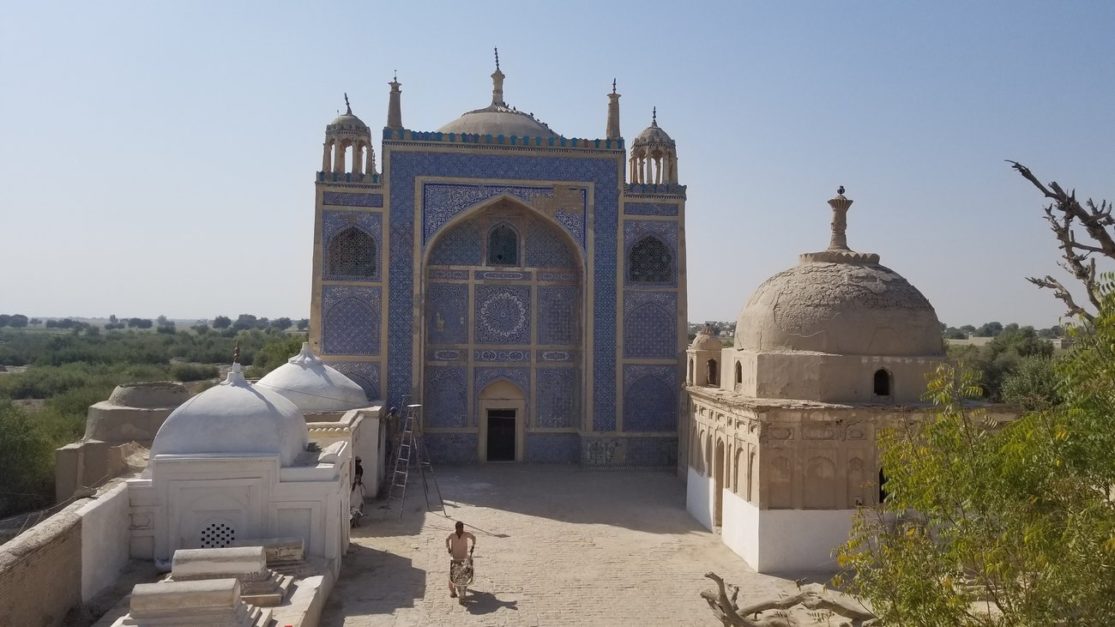
While Dadu offers a wealth of historical sites, a visit to the tomb of Yar Muhammad Kalhoro shouldn’t be missed. This prominent figure wasn’t just the founder of the Kalhora dynasty but also the first governor to rule Sindh for 18 years (1701-1719). His reign witnessed territorial expansion, followed by a focus on solidifying his authority.
The impressive Jamia Mosque in Khudabad is a testament to his contributions during that era. Yar Muhammad Kalhoro’s tomb offers a glimpse into the life and legacy of this historical figure who played a pivotal role in shaping the region’s past.
Jamia Masjid of Khudabad
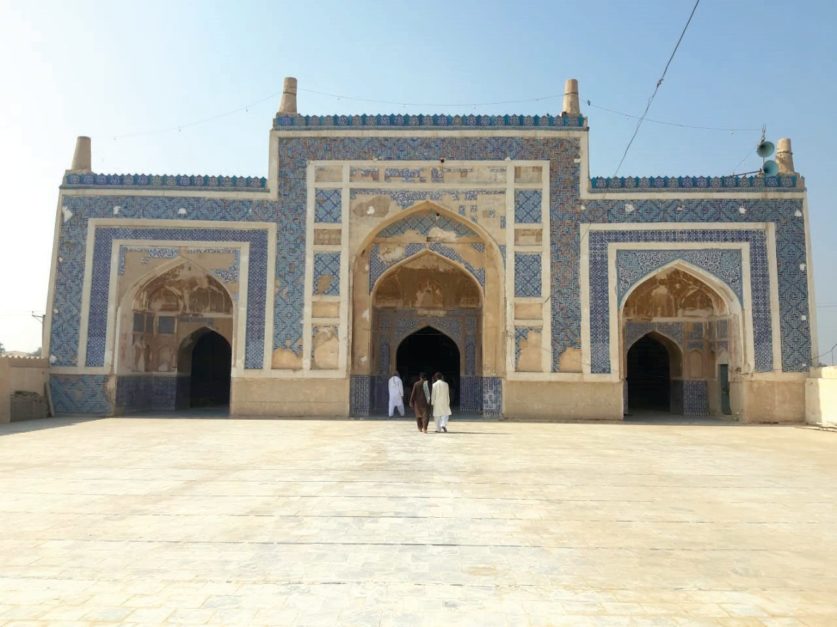
Dadu offers a treasure trove of historical sites, and the Jamia Mosque of Khudabad stands out as a magnificent architectural gem. Dating back to the 18th century, the mosque was constructed during the reign of Yar Muhammad Kalhora.
Located about 10 kilometres south of Dadu district, this grand structure served as more than just a place of worship. At one point, it was one of the most prominent academic and military training centres.
Manchar Lake
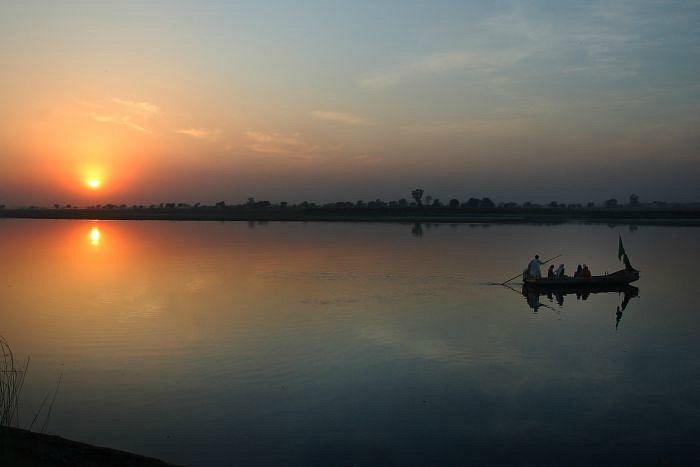
Sindh has some of the most impressive tourist spots in Pakistan. From the sand dunes of Thar to the largest freshwater lake, Manchhar Lake, Dadu district has it all. This sprawling wonder of nature transforms with the seasons, reaching 500 square kilometres during monsoon rains.
Wedged between the Indus River and the Kirthar Mountains, this lake offers a haven for birdwatchers. Boat tours reveal the lives of the Mohana tribe, the lake’s traditional inhabitants known as the “Boat People.”
Shiva Mandir, Johi
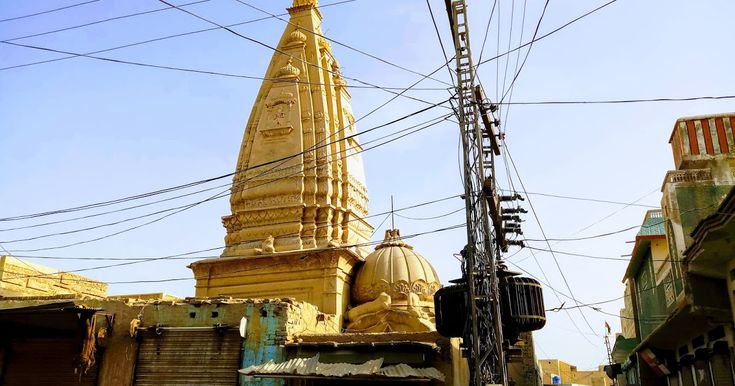
In Johi, Sindh, Pakistan, lies the Shiva Mandir Johi, a captivating Hindu temple boasting an unusual design. Built in the 1850s, this architectural marvel features a towering 70-foot dome alongside a smaller, round companion.
While some of its original four entrances are sealed, the remaining two welcome visitors. Stepping inside reveals a vibrant display of murals depicting Hindu deities like Shiva, Krishna, and Vishnu alongside depictions of everyday life – men, women, birds, and even a snake charmer.
Though remnants of destroyed idols hint at a troubled past, the enduring structure remains a powerful symbol of Sindh’s Hindu heritage.
The Ghazi Shah Mound
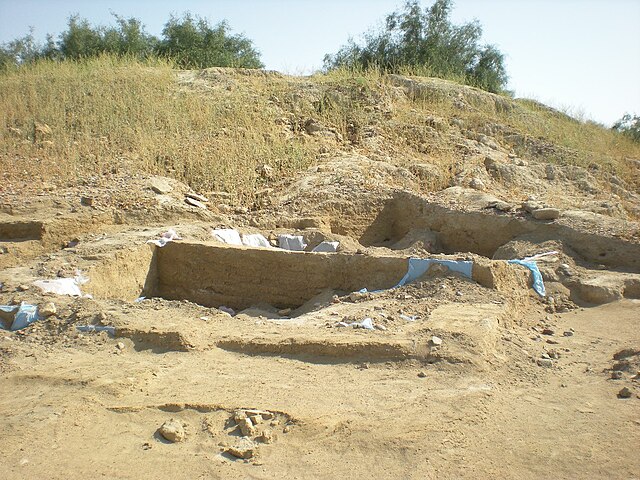
Dadu district shelters the Ghazi Shah Mound, an archaeological marvel dating back 4,000 to 6,000 years. This ancient site, one of the earliest settlements of the Indus Valley Civilization, offers a window into the lives of people who thrived here millennia ago.
Explorations by N.G. Majumdar and Louis Flam have unveiled a wealth of information about this bygone era. Located in Johi Tehsil, the Ghazi Shah Mound stands as a testament to the rich cultural heritage of Sindh and beckons those curious about the region’s ancient past.
The Wahi Pandhi Graves
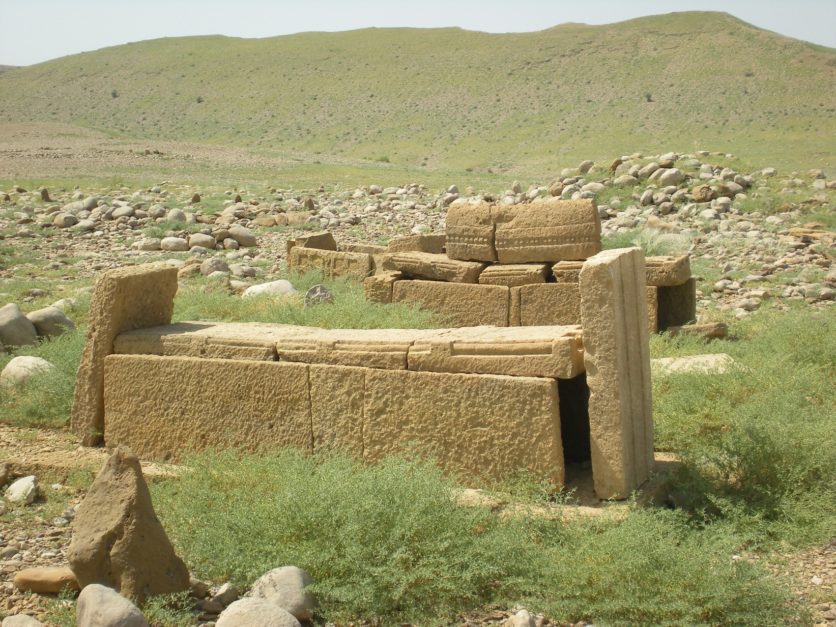
At the foothills of the Kirthar Mountains in Dadu district lies a captivating historical enigma – the Wahi Pandhi Graves. These unique structures, built with large stone slabs, stand atop hills, offering a glimpse into a bygone era. The open-air design, with bodies laid on the ground surface, piques the curiosity of archaeologists and visitors alike.
Intriguingly, inscriptions on some stones include the word “Behdin,” which translates to “good religion” and is associated with Zoroastrianism. This has led many to believe these graves were used by this ancient religious community. Further evidence comes from nearby “Gabr Bands,” water collection structures typically built by Zoroastrians. While these graves’ exact origins and purpose remain debated, they offer a captivating glimpse into the diverse cultural tapestry of Sindh’s past.
Interesting Facts about Dadu District
- In the 3rd century, Dadu, Pakistan, was once the home of the great Vani Dynasty, a forgotten Hindu kingdom.
- Dadu is among the few places that still use traditional instruments like Chapri and Yaktaro. (Coke Studio, however, is making a big effort to reintroduce them on national and international levels)
- Dadu has abundant historical sites, from ancient rock carvings dating back to the Neolithic period to the Jamia Mosque of Khudabad, built in the 18th century. This district offers a captivating journey through Sindh’s rich past.
- Dadu has been a stronghold of the Pakistan People’s Party (PPP) since its formation.
Challenges and the Road Ahead
Despite its promising trajectory, Dadu faces particular challenges that require focused efforts. Water scarcity due to erratic rainfall patterns and climate change necessitates the adoption of sustainable irrigation practices.
Additionally, improving educational opportunities and vocational training remains paramount for empowering the local workforce and maximizing the city’s economic potential.
Conclusion
Dadu’s captivating blend of history, geography, and cultural richness makes it a city unlike any other. The captivating landmarks stand as testaments to a glorious past, while the burgeoning economic activity paints a promising picture for the future. As this place tackles its challenges and capitalizes on its strengths, it is poised to become a thriving centre of commerce, culture, and tourism in Sindh.
Frequently Asked Questions
Here are some FAQs about Dadu City that might interest you!
Is Johi town a part of Dadu City?
Yes, John is a historically significant town wedge between the provincial borders of Balochistan and Sindh.
What makes Dadu a unique city in Sindh, Pakistan?
Dadu is renowned for its captivating history, cultural richness, and promising economic trajectory. These factors set it apart as a city brimming with character and charm.
How is Dadu’s geographical identity shaped by the Indus River?
The mighty Indus River flows along Dadu’s western borders, nurturing agricultural fields and sustaining the local ecosystem, defining the city’s geographical identity.
What landmarks make Dadu a must-visit destination?
Here are some of the many sites that lure tourists to Dadu Sindh
- Ancient Rock Carvings: Whisper tales of Dadu’s prehistoric past.
- Jamia Mosque of Khudabad (18th century): Showcases architectural grandeur.
- Tomb of Yar Muhammad Kalhoro: A glimpse into a prominent historical figure.
- Gorakh Hill: A fantastic escape with breathtaking views.
- Manchar Lake: Pakistan’s largest freshwater lake, teeming with life.
How is Dadu’s economy evolving, and what are its key drivers?
Dadu’s economy is on the rise and is driven by agriculture, industry, and tourism. The city’s fertile lands, industrial estates, and natural beauty contribute to its economic growth.
What role does agriculture play in Dadu’s economy?
Dadu is a prominent agricultural hub, producing crops such as
- Cotton
- Wheat
- Sugarcane
- Rice
These significantly contribute to the national economy.
Why is Sindh famous?
There are plenty of factors that contribute to Sindh’s fame. The following are some of them:
- Home to many ancient civilizations
- Cultural abundance
- Natural wonders
- Rich literary heritage
- One of the fastest growing metropolis of Pakistan
What infrastructure developments are enhancing Dadu’s economic potential?
The government’s focus on infrastructure development, including improved roads, transportation networks, and utilities, creates a more conducive environment for businesses and residents in Dadu.
Which is the old capital of Sindh?
Mansura, previously known as “Brahmanabad”, was the old capital of Sindh, Pakistan.
How is Dadu positioning itself as a tourist destination?
Dadu is gradually emerging as a tourist destination. Ecotourism around Manchar Lake and the promotion of historical sites attract visitors and boost the local economy.
What was Sindh known as before this name?
Sindh was known as the “Sindhu” within the region in the olden times.
What challenges does Dadu face, and how is it addressing them?
Dadu faces challenges such as water scarcity and the need for improved educational opportunities. Efforts to adopt sustainable irrigation practices and enhance educational facilities are underway to overcome these challenges.
What makes Dadu a promising city for future development?
This region’s blend of history, geography, and cultural richness, coupled with its economic growth, positions it as a city with immense potential for future development.
How can visitors explore the essence of Dadu beyond its landmarks?
Visitors can immerse themselves in Dadu’s cultural and historical essence by visiting the city and embarking on expeditions to explore its rich heritage and vibrant culture.
For more information on various cities in Pakistan, visit the Graana blog.
